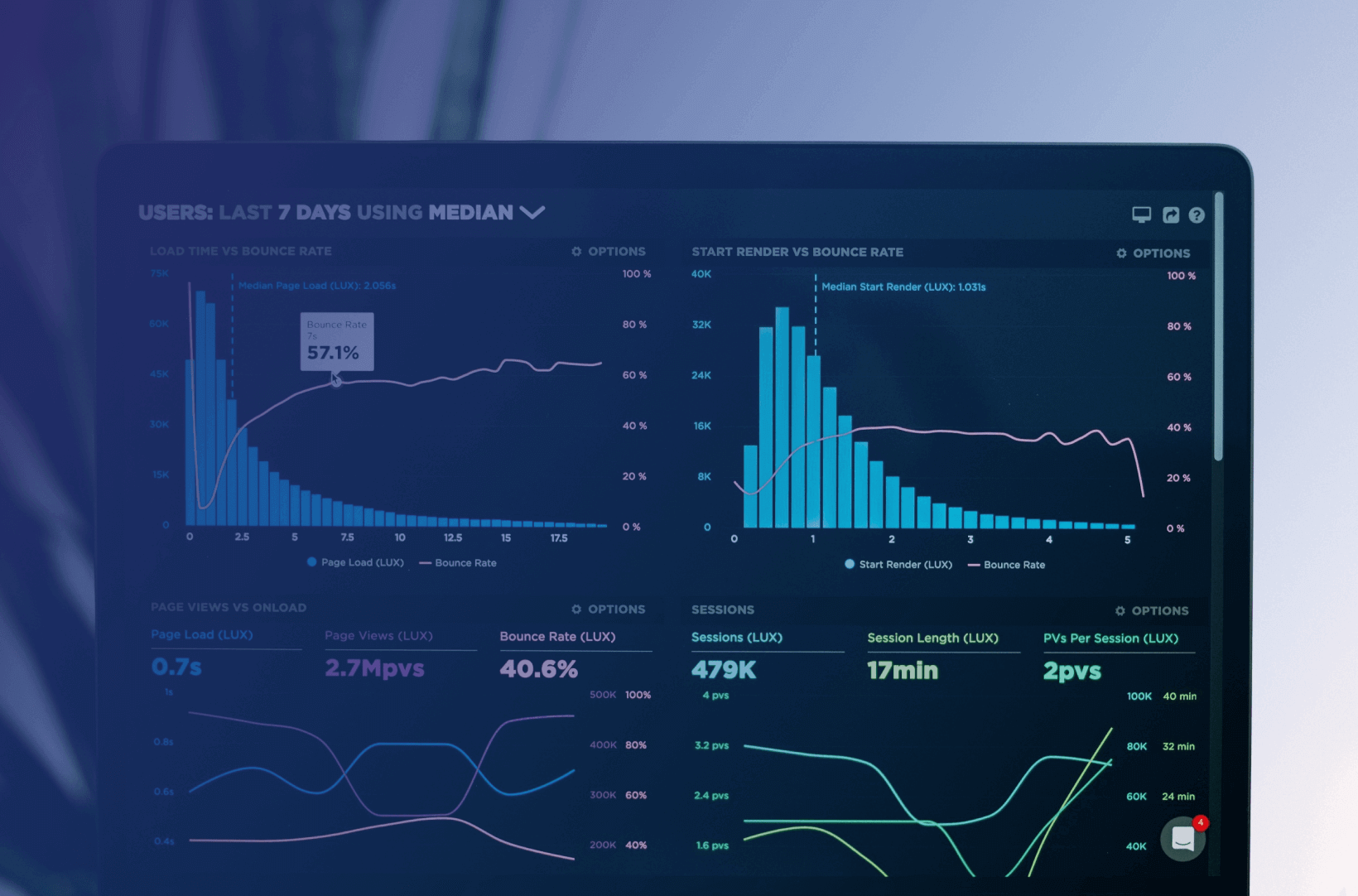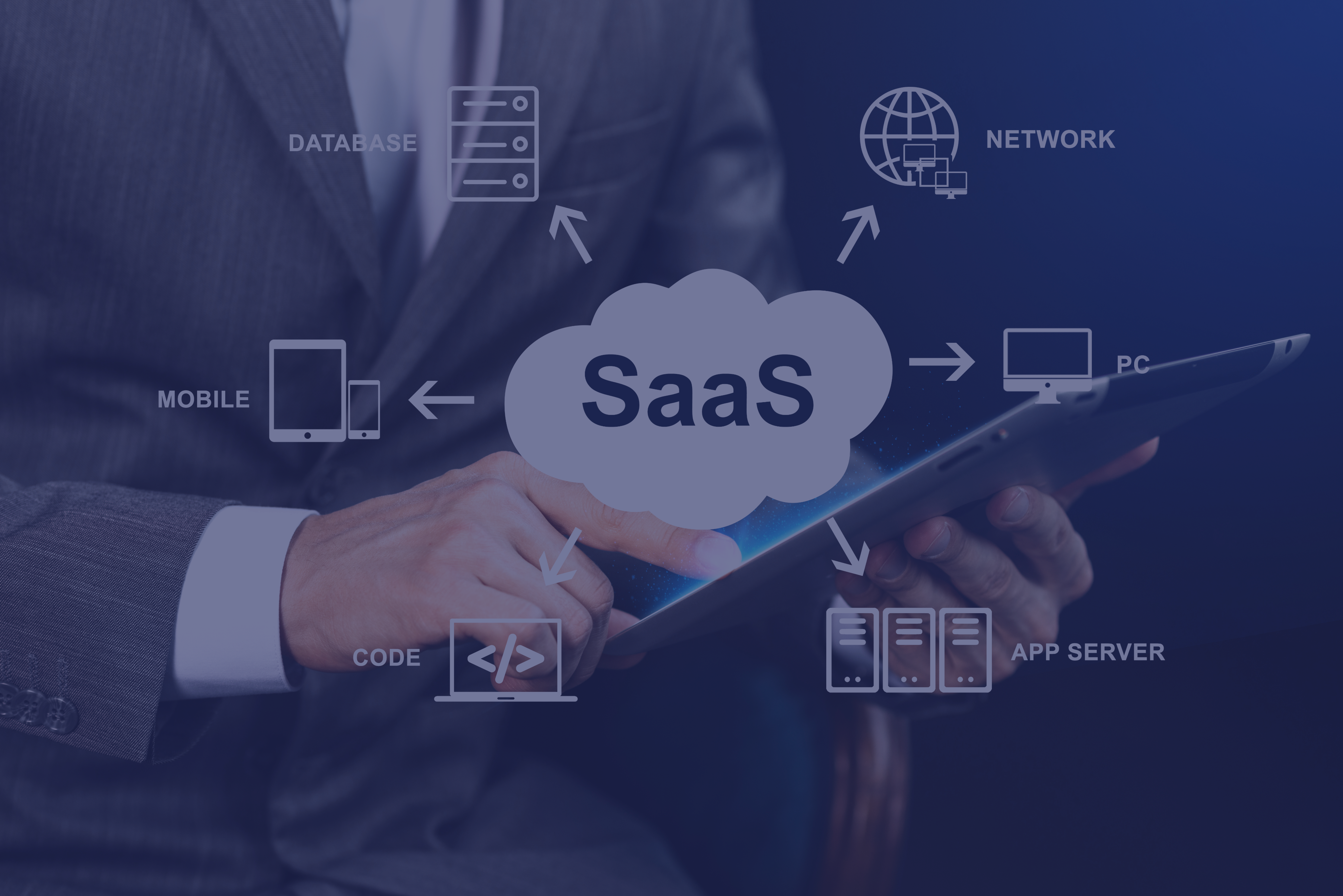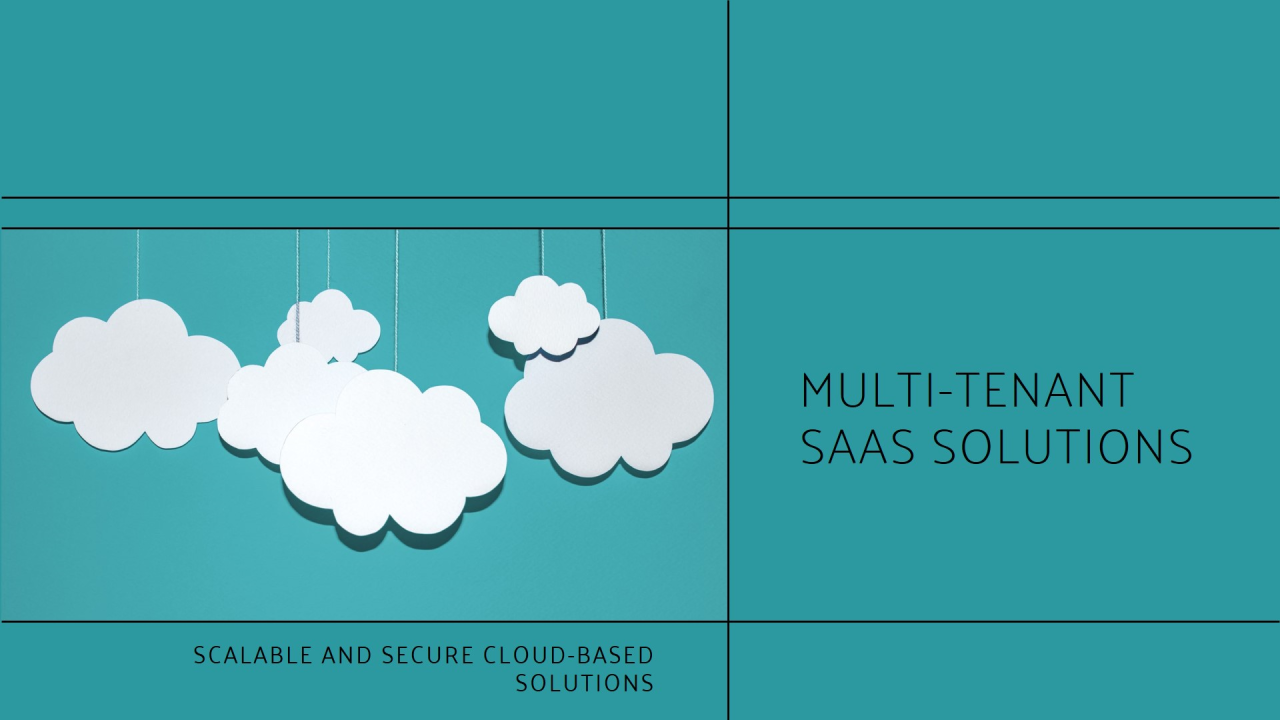The 20-10s have been a decade of extraordinary digital evolution. At the start of the decade, the internet was still not penetrated into all sectors. In 2010, the total number of internet users was 1.97 billion. This figure has increased by almost 3 times by the end of this decade. Today, there are over 4.39 billion internet users in the world. This unprecedented acceleration in global internet use has transformed almost every aspect of human life, including the way we conduct business.
BI Transforming Business For Better
As enterprises embrace the digital wave, the need to make data the driving engine for business growth, productivity and efficiency, is greater than ever. While the year 2019 was making data policies stringent for ensuring secure data storage and distribution, 2020 will be a year when enterprises make Business Intelligence centric to their workflows, functions and decision making. In this blog, we highlight top BI trends that will dominate 2020.
1. Actionable Insights
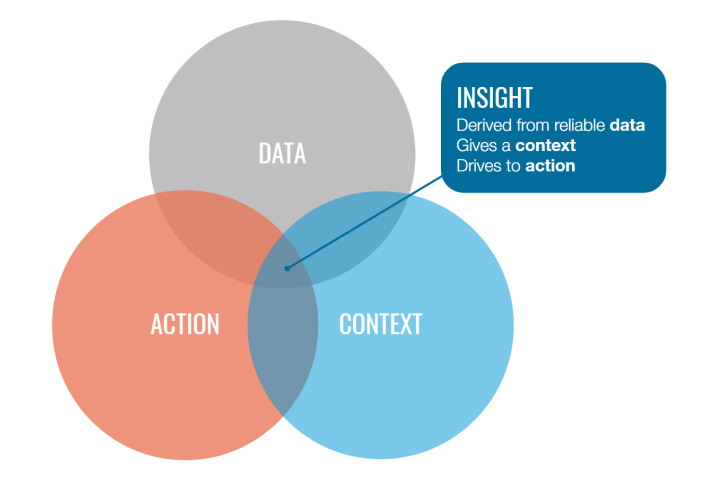
Expect more and more enterprises to adopt BI for enabling agile and fact-based decision making. BI tools empower enterprises to streamline existing workflows, automate sales and delivery reports, improve member acquisition and retention, and create a comprehensive view of the sales pipeline.
2. Accelerated AI Adoption
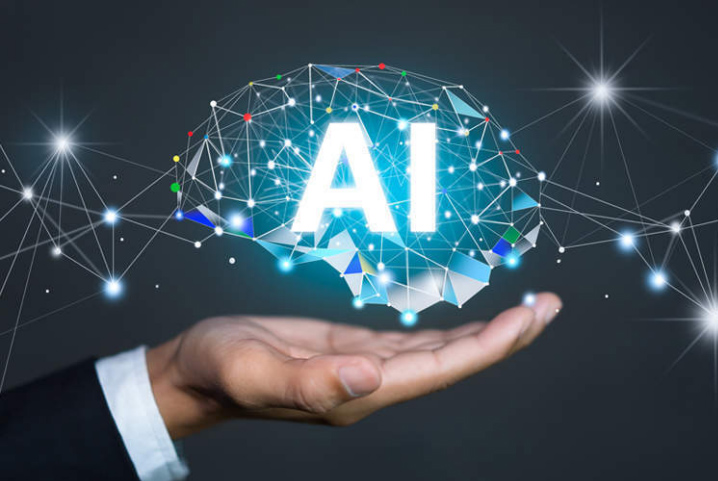
Artificial Intelligence (AI) is transformative and disruptive. It is an innovation that enterprises must adapt to stay competitive and relevant. While AI use cases are driven primarily by organizational needs and objectives, expect enterprises to use AI in 2010 for automating data modelling, i.e., information gathering, storage, and distribution. A good example of AI enhancing BI capabilities is that of Salesforce Einstein, which is pegged to transform enterprise SaaS profoundly in 2020.
3. Integrated Decision Making
Real-time information sharing is no longer a challenge in the digital age. Today, IoT is transforming the way enterprises record and transfer data to monitor critical business activities and processes. The insights from these data interactions allow companies to improve efficiency through informed decision making. As one expert puts it, “IoT is a trusted way for enterprises to know exactly how things are rather than assuming them.”
However, BI is an essential component of IoT success. The new network of connected equipment will create new data streams. Generating value from these live data sources will depend on the perfect integration of digital solutions, primarily cloud and BI.
4. Advanced Analytics
Automation will drive companies to adopt advanced analytics. Enterprises, while enjoying the access to a sea of data sources, will need to broaden their analytics capabilities. Insights generated from a large volume of data to uncover hidden patterns and correlations with a greater amount of accuracy. To ensure greater accuracy and weightage in insights, enterprises will invest in strengthening their analytics capabilities.
5. DaaS (Data as a Service)
The accelerated investment in improving analytics capabilities is expected to boost the DaaS market. DaaS offers enterprise with data fluidity, flexibility, and compatibility.
DaaS involves data looping, data visualization, and data mapping. With DaaS, enterprises can modify data structures and location-specific requirements to meet specific user needs.
While the 20-10s was a decade when enterprises realized and embraced the power of digital, 20-20 will be the decade when to embrace BI for unmatched consistency in business growth and innovation. At PSI, we help turn BI into a competitive advantage for enterprises. Our data science services offer enterprises with a comprehensive view of all critical data pipelines along with seamless integration of tools that make business analytics easy, efficient and productive.

